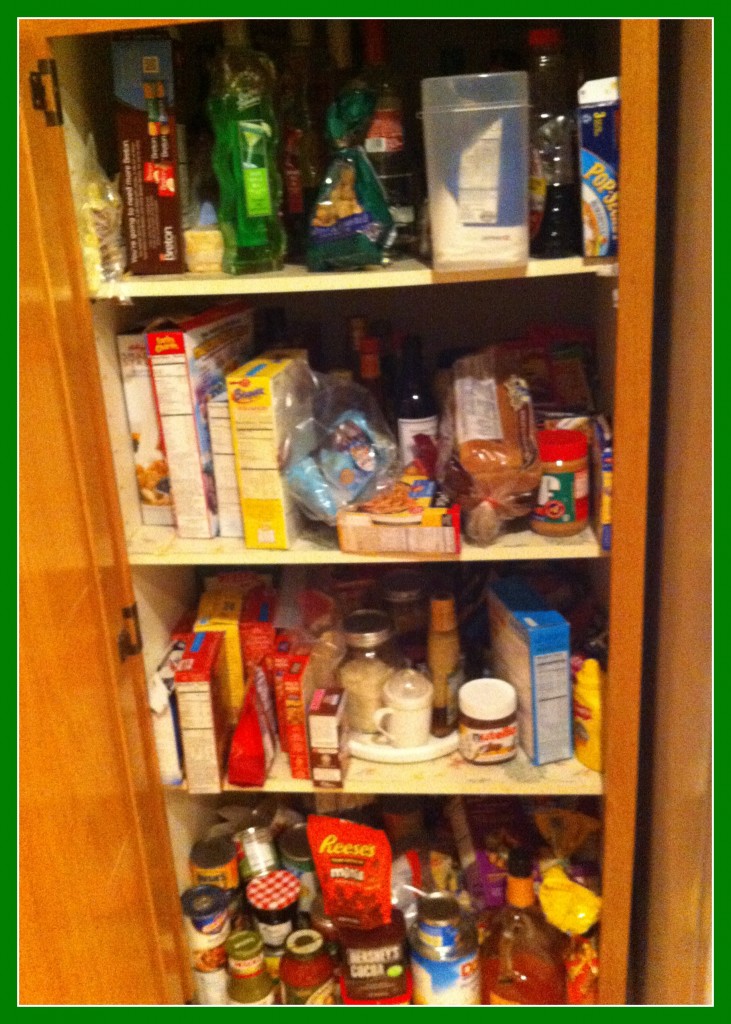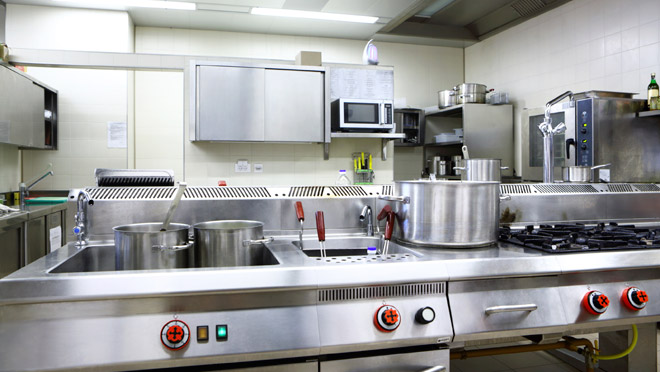Money Management In The Kitchen
Slowly, eating out becomes less and less frequent. Then, the movies are replaced by rented DVDs. Finally, you reach a point where the only way to cut down spending is to reduce the food budget.Take h...
Slowly, eating out becomes less and less frequent. Then, the movies are replaced by rented DVDs. Finally, you reach a point where the only way to cut down spending is to reduce the food budget.Take heart - this doesn't mean that you have to starve. Here is a list of things you can do to save money in the kitchen and still get in a healthy diet.1. Buy in bulk. A month's worth of corn flakes, bought at one go, costs less than the same weight bought in four separate packs. This is even truer for whole grains and vegetables, which can be bought cheap and fresh at farmer's markets, and then made into preserves, flour or broths at home. Hunt through the various departmental stores in your area to find out which brands have the best price per ounce or pound - the variation is greater than you think!2. Buy fresh and unprocessed. The more processing goes into food, the more expensive and the less nutritious it becomes. Fresh food, on the other hand, contains trace nutrients that slowly decrease in concentration over time. Processing, of course, single-handedly removes all but the most basic carbohydrate, fat and protein molecules - which means that you pay more for something that gives you less nutrition, does not let you digest it on its own, ruins your body, AND makes you buy more of it. 3. Preserve food bought in bulk. Many vegetables can be pickled, pureed, canned or turned into sauces at home. This allows you to get inexpensive, delicious and nutritious food made exactly to your own taste. Granola bars made of seeds, grains, nuts, dried fruits and a bit of honey, wrapped in cling wrap, make an excellent snack for everyone, last for weeks, and will satisfy even the fussiest children. 4. Use up the odds and ends. From carrot tops to meat bones, the kitchen sees several pounds of food waste being thrown away every month. Instead of throwing them away, boil them to form a nutritious broth to be used as a delicious base for pasta sauce, gravy or soups. 5. Cook less. A multi-vegetable stew and home-baked whole grain bread can make a nutritious meal in itself. Cooking three dishes or more per meal will only make you eat more... and then spend money again at the gym to burn it off. 6. Take less on your plate. This is another way to stop yourself from eating just to avoid waste. Take a little less than what you think you can eat - help yourself a second time if you are still hungry. This is best applied in case of children, who end up wasting a lot of food just because they are not sure of their appetites. It is very easy to go overboard with buying bulk, eating healthy and then spending more than you were initially. Do not get into the death-trap of buying more than you can eat, and eating just so that it does not go to waste. If the amount you eat does not let you access the lowest prices, stick with the second-lowest price until you rope in a friend or neighbor to split costs with you.




/couple-drinking-coffee-talking-in-kitchen-595347299-577ea5275f9b5831b5681fab.jpg)
/smiling-woman-texting-with-cell-phone-in-kitchen-554994209-57b3e89c5f9b58b5c2338fbe.jpg)

0 Response to "Money Management In The Kitchen"
Post a Comment